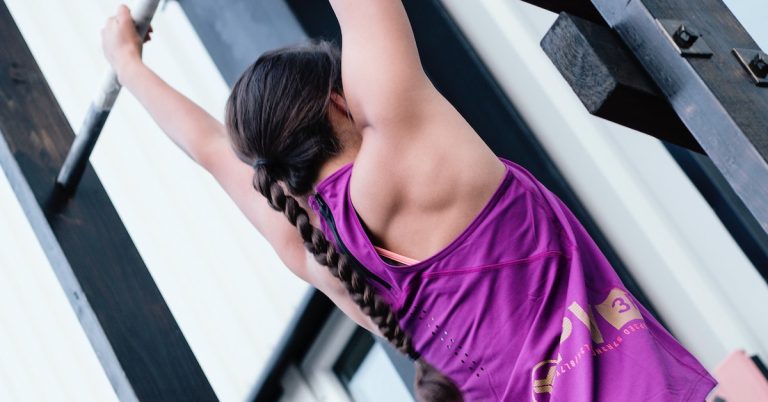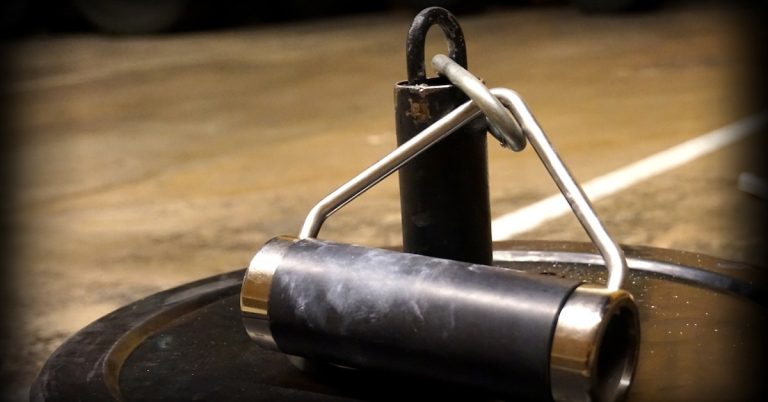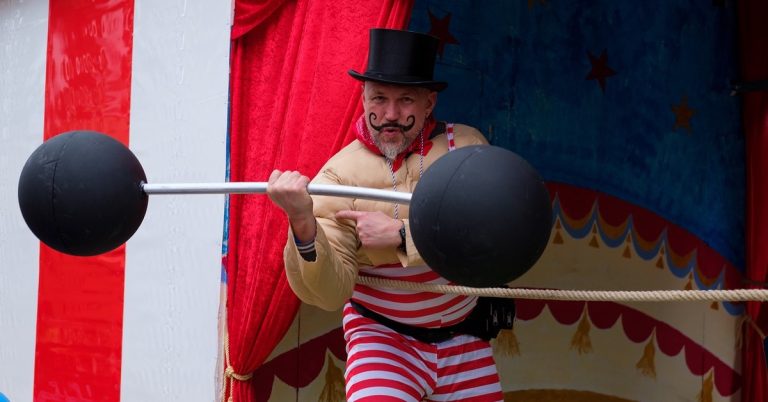When it comes to bodybuilding, illusion is everything. Building huge delts and lats can help give you that classic “V” taper and make your waist look smaller, but it must be done right. If your delts and lats are not built proportionate to each other, you can distort that illusion.
Larry Scott was known to have narrow clavicles, yet with targeted exercises, hard work and consistency, he built an impressive set of delts to give him all the shoulder width he needed to balance out the rest of his physique and go on to win numerous bodybuilding titles.
I don’t have particularly wide clavicles. In fact, my shoulders seem to droop down. So I refrain from doing too much upper trap work because that area seems to grow quite easily for me and it just makes my shoulders slope even more. Of course, I work hard on my medial and posterior deltoids to increase shoulder width, but I’m not satisfied with the results yet. My shoulders have certainly grown, but they still droop. There’s a piece of the puzzle missing and I think I found it a few weeks ago.
Toward the end of February, my massage therapist mentioned that she would like to do some “structural integration” work on me. These are 90-minute sessions that concentrate on a specific fascial line each session. I agreed and before we started she took photos of me from the front, back and both sides. She showed me the shots and I noticed something very interesting: my lats are huge! I’m not kidding, they’re pretty big. I never realized how large they were until I saw that photo and right away something else struck me: those lats are yanking down my scapulae. I mean, it looks like a tug-of-war and my shoulder blades are losing the battle! Could this be the problem?
Two of my favorite upper body exercises are chin-ups and parallel-bar dips. I’ve done these for decades (not just years) and when I do them, I always go full range. That means, my chest touches the bar at the top of the chin-up and my elbows lock out fully at the top of a dip. In both of those positions, the scapulae are depressed. Do enough of that over time, and your shoulder-width illusion becomes “depressing!”
Although scapular depression is not a primary action of the latissimus dorsi muscles, the lats can certainly contribute to this action through their attachment on the inferior angle of the scapulae. There’s no doubt in my mind that my lats are teaming up with my lower traps to yank my shoulders down, so the solution then would be to concentrate on scapular elevation (which, of course, works the upper traps – something that I’ve been avoiding) and reduce the amount of scapular depression.
The game plan is to stretch my lats on a daily basis, continue to get weekly soft tissue work done on my lats, introduce more scapular elevation exercises (e.g., overhead presses, shrugs, upright rows, and lateral raises), and try to eliminate as many movements as possible that encourage scapular depression. Now, does that mean that dips are chin-ups are out? Not necessarily. By focusing on the bottom range, it may accomplish exactly what I’m after. For instance, I’m currently performing mid-neutral-grip chin-ups, but I’m only going half way up and then all the way down, pausing for a full 2 seconds in the bottom, stretched position.
Take-Home Message: If you wish to improve your muscle symmetry and proportion, I suggest that you get some photos taken from the front, back and both sides, and then rate the development of each major muscle group on a scale of 1-10. After that, focus most of your training on the lagging muscles and less on your “overdeveloped” muscles until you achieve the desired look. That’s exactly what I’m doing right now and I won’t look back until I’m satisfied with the results!

The Periodization Blueprint for Chin-Ups and Pull-Ups
Exciting news! Just got my hands on Swissies45, and they’ve transformed my chin-up game. No more draping an EZ-Curl bar

Unleash Your Grip Strength: Elevate Your Performance with IronMind Implements
Are you ready to take your grip strength to the next level? Look no further than IronMind implements. These versatile

The 3/7 Method for Size and Strength
A new strength training protocol has surfaced that will help you maximize strength gains with less training time and effort.
follow
Error: No feed with the ID 2 found.
Please go to the Instagram Feed settings page to create a feed.
